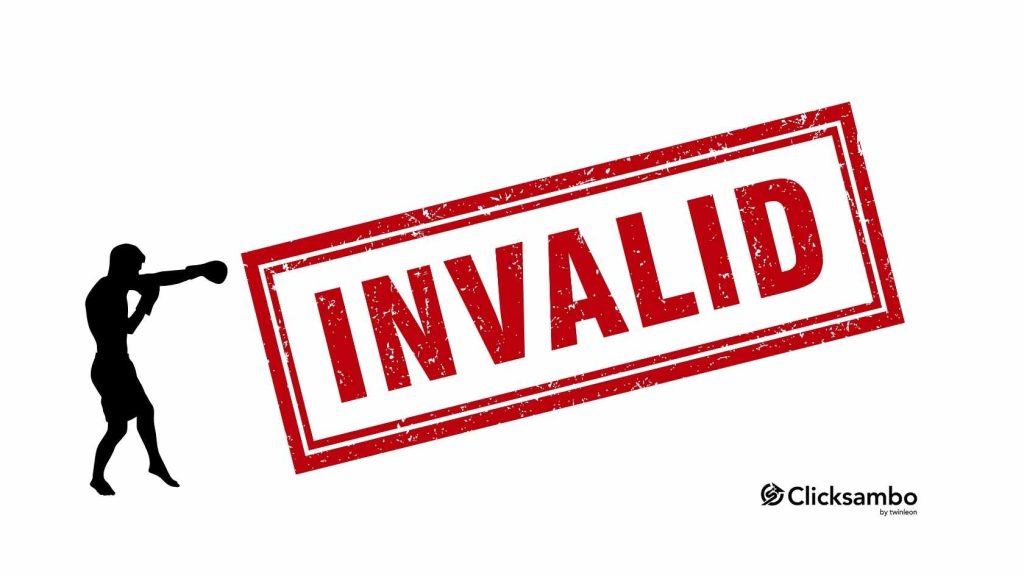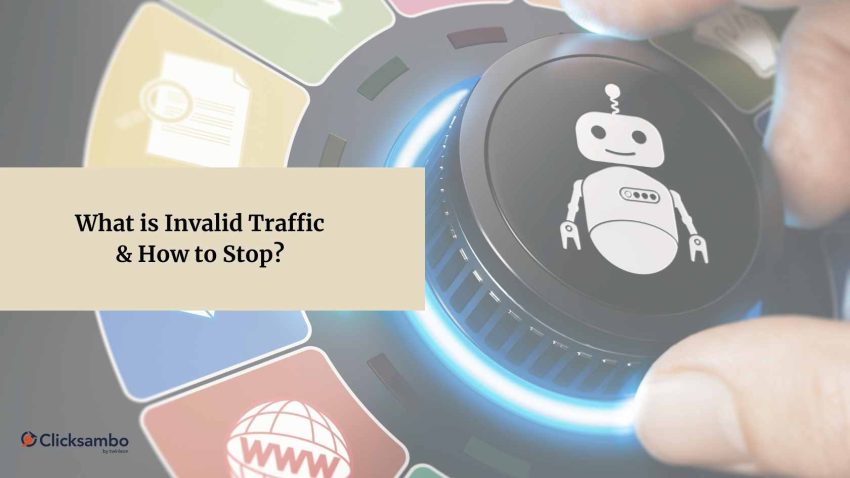The online advertising industry is a booming business, but it’s also plagued by a growing problem: invalid traffic. Invalid traffic, or IVT, is any traffic that doesn’t come from a real human user. This can include traffic generated by bots, spiders, and other automated programs, as well as traffic that is intentionally falsified or manipulated.
IVT is a serious problem for advertisers because it can inflate their metrics, lead to wasted ad spend, and make it difficult to accurately measure the effectiveness of their campaigns. In fact, a 2021 study by the Association of National Advertisers (ANA) found that 6.8% of all digital ad traffic is invalid. That means that for every $100 spent on digital advertising, $6.80 is wasted on traffic that doesn’t actually reach real people.
What is Invalid Traffic?
Invalid traffic can take many forms, but it generally falls into two categories:
1. General Invalid Traffic (GIVT): This encompasses common and easily detected forms of invalid traffic, such as:
- Bot Traffic: Automated programs designed to mimic human behavior, often used to generate clicks or impressions.
- Data Center Traffic: Traffic originating from data centers that are not intended for human use.
- Spider Traffic: Programs that crawl websites to collect data, which may inadvertently generate ad impressions.
- Non-Human Traffic: Traffic generated by non-human sources, like bots or crawlers, that don’t represent genuine user activity.
2. Sophisticated Invalid Traffic (SIVT): This category involves more complex and difficult-to-detect forms of invalid traffic, including:
- Incentivized Traffic: Traffic generated by users who are paid or incentivized to click on ads or engage with content.
- Click Fraud: Fraudulent clicks on ads that are not genuine user actions.
- Adware: Software that displays ads without the user’s knowledge or consent.
- Malware: Software designed to harm computers and steal personal information, which can also generate invalid traffic.
How Invalid traffic works ?

There are many different ways that IVT can be generated. Here are a few of the most common methods:
Bots: Bots are automated programs that can be used to generate fake traffic. Bots can be programmed to visit websites, click on ads, and even fill out forms.
Spiders: Spiders are programs that crawl the web and index websites. While spiders are generally used for legitimate purposes, such as search engine optimization, they can also be used to generate fake traffic.
Click farms: Click farms are groups of people who are paid to click on ads. Click farms can generate a large amount of fake traffic, but they are often difficult to detect.
Ad fraud: Ad fraud is the intentional falsification or manipulation of ad traffic. Ad fraud can take many forms, such as generating fake clicks, impressions, or conversions.
The impact of invalid traffic
The impact of IVT can be significant for advertisers. Here are a few of the ways that IVT can hurt your business:

Inflated metrics: IVT can inflate your website traffic, ad impressions, and other key metrics. This can make it difficult to accurately measure the performance of your campaigns and can lead to overspending on advertising.
Wasted ad spend: IVT can lead to wasted ad spend because you are paying for traffic that doesn’t actually reach real people. This can significantly impact your return on investment (ROI).
Damaged reputation: If your website is associated with IVT, it can damage your reputation and make it difficult to attract new customers.
How to Combat Invalid Traffic

Thankfully, there are measures you can take to combat invalid traffic and protect your digital advertising campaigns:
- Utilize Industry Best Practices: Adhere to industry standards and guidelines for detecting and filtering invalid traffic. Organizations like the Media Rating Council (MRC), the Interactive Advertising Bureau (IAB), and the Mobile Marketing Association (MMA) provide valuable resources and guidance.
- Partner with Reputable Vendors: Choose measurement and ad serving partners that have a strong track record of combating invalid traffic and are committed to maintaining the integrity of the ecosystem.
- Implement Robust Detection Techniques: Utilize various detection techniques, including list-based filters, pattern recognition, and machine learning algorithms, to identify and remove invalid traffic.
- Employ a Multi-Layered Approach: Don’t rely on a single detection method. Implement a multi-layered approach that combines different techniques for maximum effectiveness.
- Stay Vigilant and Adapt: The tactics used by invalid traffic generators are constantly evolving. Be prepared to adapt your detection strategies as new threats emerge.
Invalid traffic is a real threat to the digital advertising industry, but it doesn’t have to be a death sentence. By understanding the different types of IVT, recognizing its impact, and implementing the right detection and filtration strategies, you can safeguard your campaigns and ensure they reach real users. Remember, a healthy and trustworthy digital advertising ecosystem benefits everyone involved.
For more blog post: link
